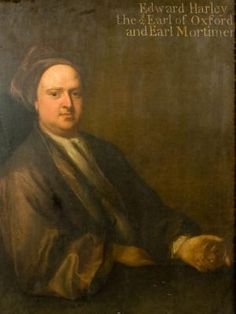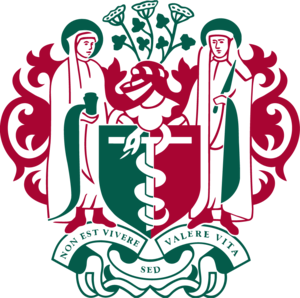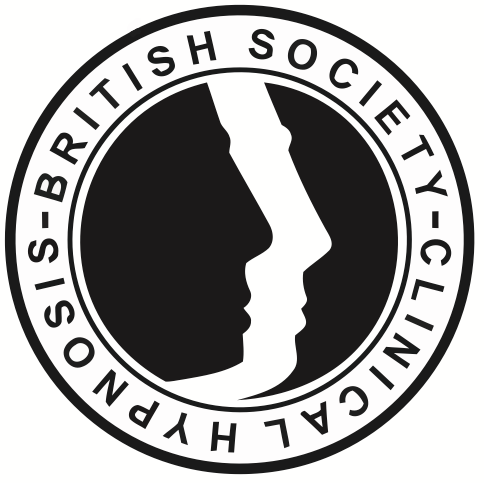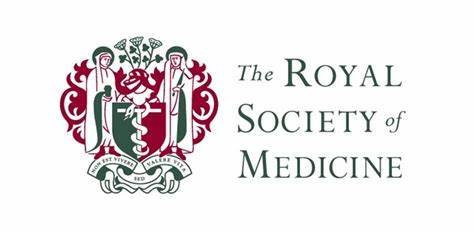It has long been a dream of mine to have my own practice in London’s famous Harley Street. A street in Marylebone synonymous the world over for excellence in private medical and therapeutic treatment. So I thought I would pay homage and write a history Harley Street.
Harley Street’s name is taken from the surname of the second Earl of Oxford, Edward Harley. Harley was a man of means, having married Henrietta Cavendish Holles, daughter of the late Duke of Newcastle and heiress to an estate that included Marylebone, then a small village on the banks of the river Tyburn.
In 1719, the couple decided to spend their fortune on turning this land into a grand grid of buildings, including a North-South Street that would carry their name.
Edward died in 1741 but sadly did not live long enough to see what Harley Street would become. Work finally began in 1753 and was completed in the 1820’s.

Although the buildings were quite stately and impressive, Harley Street lacked the grandeur of some other parts of the estate. The townhouses began to attract professionals such as scientists, politicians, military officers and artists, but failed to attract the aristocracy.
Men of medicine began arriving in the mid-19th century and by the 1860’s there were a dozen or so medical practitioners in Harley Street. By 1873 there were a modest 36 practicing physicians, and so the numbers steadily rose. The buildings were attractive and affordable, offering space for consulting rooms on the ground floor with spacious living quarters upstairs.
In the early part of the 20th century, Marylebone became more urbanised and transport links more efficient, doctors chose to live in the leafier parts of town rather than setting up home above their surgery. This led to the development of multiple tenancies, with entire buildings being converted into consulting rooms.
Many famous people have lived or practised in Harley Street, including the Victorian Prime Minister William Gladstone and the artist J. M. W. Turner. Queen’s College, founded in 1848 and one of the oldest girls’ schools in England is situated on Harley Street.
Florence Nightingale was arguably the most famous occupant in Harley Street when in 1853 she was appointed superintendent of the Institution for the Care of Sick Gentlewomen at Number 1 Upper Harley Street (renamed the Hospital for Invalid Gentlewomen in 1903).
Today Harley Street is part of the Howard de Walden Estate and remains inextricably linked to high quality private medicine and private therapies, offering superlative healthcare famous around the world.
The preponderance of specialists in operation add to its acclaim. Although there are a number of private GP’s in Harley Street, the focus these days leans more towards specific medical issues, such as oncology, aesthetic surgery and alternative therapies such as hypnotherapy and psychotherapy. Such a situation is unparalleled in world medicine and Harley Street consequently projects the image of being able to thoroughly and reliably solve any problem which a patient may bring to it.
Some of the most celebrated doctors and surgeons in history have practiced in Harley Street, including the Sir Henry Thompson who reached international fame by operating on the King of Brussels to relieve him of kidney stones. Such acts by Harley Street occupants has helped it on its way to acquiring the reputation it enjoys today. Similarly the modern obsession with celebrities has showered yet more renown on Harley Street as some of the most famous people in the world regularly use its facilities.
I am very proud and feel very privileged to have studied hard and worked my way up to having my own Clinical Hypnotherapy practice in London’s famous Harley Street.

To schedule an appointment with Clinical Hypnotherapist Gail Marra – Get in touch today.
You can buy the book Health Wealth &Hypnosis on Amazon and at all good bookstores.
https://gailmarrahypnotherapy.com/the-book/








